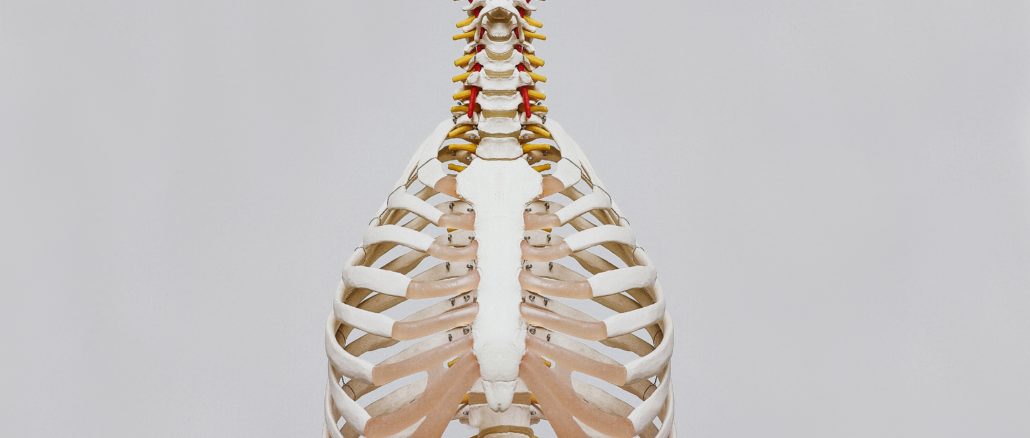
Did you know that in the next two years, there will be an estimated 6.2 million Australians diagnosed with osteoporosis? And that women are four times more likely to get osteoporosis than men?
This coming Sunday, 20 October, is World Osteoporosis Day, and Dairy Australia is aiming to raise awareness around the importance of healthy bones, focusing on prevention as the first step to avoid many Australian’s being effected by this debilitating disease. Data from Dairy Australia reveals that:
- One in five females over the age of 65 are affected by osteoporosis,
- Females are four times more likely to get osteoporosis than males.
- By 2022, there will be an estimated 6.2 million Australians over the age of 50 with osteoporosis.
- Only one third of parents provide their school aged children with the adequate supply of dairy foods to meet their daily calcium requirement
The information provided below is taken from Professor Belinda Beck’s Bone Health White Paper (Lifestyle Management of Bone Health, 2018), Osteoporosis Australia’s Bone Health Study, in collaboration with Deakin University and The University of Melbourne (Osteoporosis costing all Australians – A new burden of disease analysis 2012-2022), as well as from Edelman Intelligence’s Healthy Bones Action Week Research Report (August, 2018).
What is the bone health problem?
- In Australia, almost two thirds (66%) of adults over the age of 50 have osteoporosis or osteopenia, which equates to almost 5 million individuals, a number that is predicted to rise to 6.2 million by 2022.
- In 2017-18, 3.8% of Australians had osteoporosis, which grew from 3.5% in 2014-15.
- Around 14 million Australian adults may be neglecting their bone health.
- By 2022, it is estimated there will be 6.2 million Australians over the age of 50 with osteoporosis.
- In 2012 there were 140,822 fractures that occurred as a result of osteoporosis or osteopenia. In 2022 it is expected that there will be a 30% increase in the annual number of fractures, resulting in 183,105 fractures per annum – 1.6 million fractures over a 10-year period.
What are the consequences?
- Osteoporotic fractures lead to chronic pain, deformity, loss of height, disability, loss of independence and premature death.
- The annual financial cost of osteoporosis and osteopenia to Australians is expected to reach $3.84 billion.
How has this become a problem and how can it be fixed?
- Only one in twenty Australians are concerned about bone health.
- Bone health is low on the list of health priorities despite it being a prominent health concern.
- Four in five Australians do not actively undertake the three important lifestyle steps to improve bone health: weight bearing exercise, calcium rich foods and safe vitamin D intake.
- Only 10% of Australians over the age of two are meeting the recommended number of serves (7.2% of females and 12% of males).
Link to children
- Children are not consuming enough dairy: only one third of parents provide their school children with three serves of dairy foods every day, and only two thirds of Australians consume the recommended amount of dairy.
- Only two in 10 children get enough calcium from the dairy food group.
- The vast majority of parents (88 per cent) agree children should be educated about bone health at school.
- Poor management habits impacting bone health do not present until later stages in life. Addressing the issue of bone health management in children aims to prevent the prevalence of bone disease over the age of 50.
SheSociety is a site for the women of Australia to share our stories, our experiences, shared learnings and opportunities to connect.

Leave a Reply